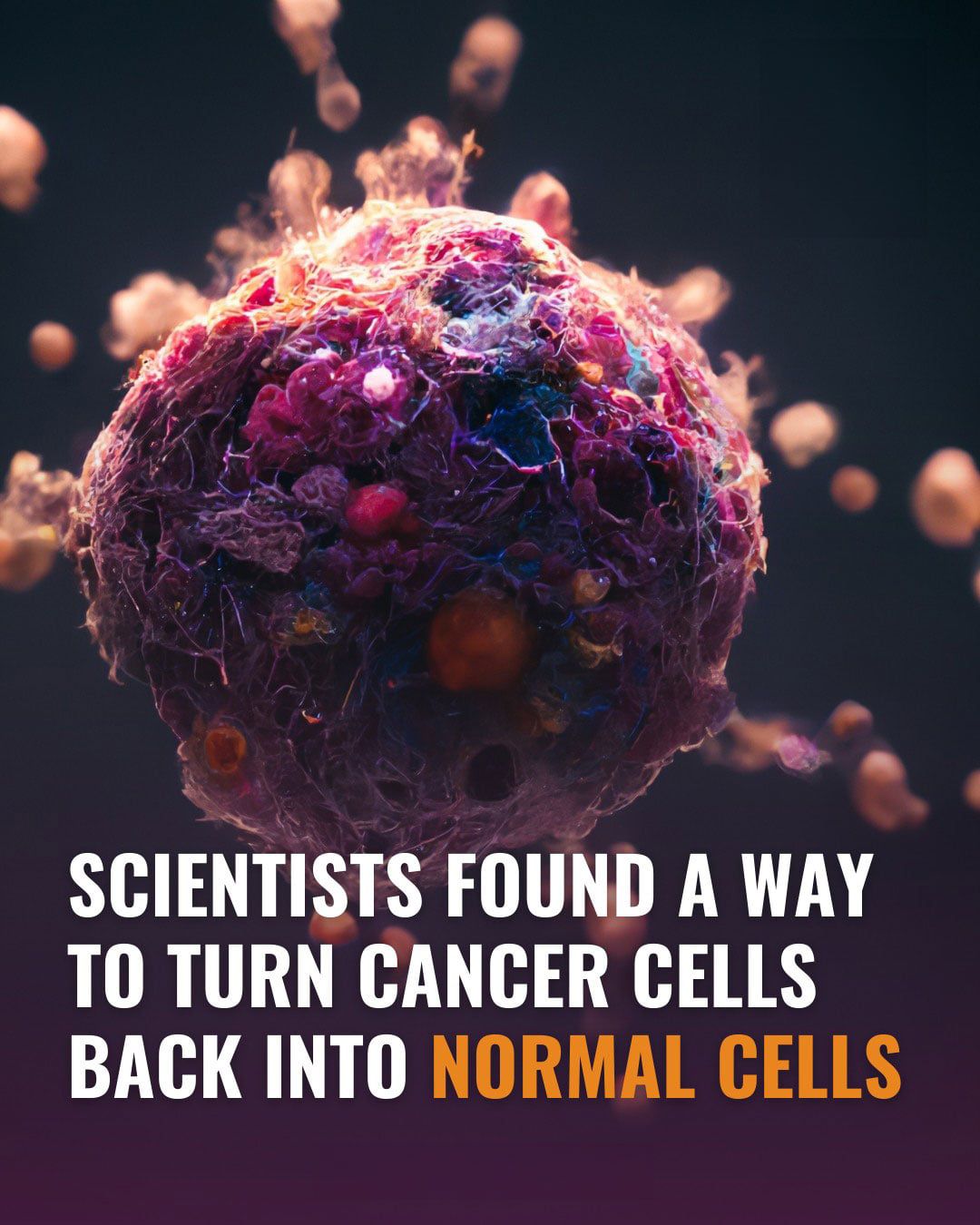In a groundbreaking development, researchers have unveiled a novel approach that has the potential to transform cancer cells back into their normal state. This innovative strategy focuses on reprogramming malignant cells, offering a promising alternative to traditional treatments that primarily aim to eliminate cancer cells.

Understanding Cancer Cell Reversion
Cancer arises when normal cells undergo genetic mutations, leading to uncontrolled growth and the formation of tumors. Conventional therapies, such as chemotherapy and radiation, target and destroy these rapidly dividing cells but often come with significant side effects due to collateral damage to healthy tissues. The new approach, however, seeks to reverse the malignant transformation, effectively “re-educating” cancer cells to resume their original, non-cancerous functions.
The Science Behind the Innovation
The research team developed an advanced computational framework known as BENEIN (Boolean Network Inference and Intervention). This system reconstructs models of gene regulatory networks, enabling scientists to pinpoint critical molecular switches that govern cell differentiation. By manipulating these switches, the team successfully induced cancer cells to revert to their normal state in controlled laboratory settings.
Implications for Cancer Treatment
This reprogramming strategy holds several potential advantages over existing cancer therapies:
-
Reduced Toxicity: By focusing on converting cancer cells rather than destroying them, this method may minimize harm to healthy cells, leading to fewer side effects for patients.
-
Overcoming Resistance: Cancer cells often develop resistance to treatments over time. Reverting them to a normal state could prevent this issue, as the cells would no longer exhibit malignant behavior.
-
Broad Applicability: While further research is needed, this approach could be applicable to various cancer types, potentially offering a universal treatment strategy.
Challenges and Future Directions
Despite its promise, the reprogramming of cancer cells faces several challenges:
-
Complexity of Gene Networks: The gene regulatory networks involved in cell differentiation are intricate, and manipulating them requires precise control to avoid unintended consequences.
-
Delivery Mechanisms: Developing safe and effective methods to deliver the necessary molecular interventions to cancer cells within the human body remains a significant hurdle.
-
Long-Term Effects: Understanding the long-term behavior of reprogrammed cells is crucial to ensure that they do not revert to a malignant state or cause other issues.
Ongoing studies aim to address these challenges by refining the computational models and exploring various delivery systems, such as targeted nanoparticles or viral vectors, to facilitate the transition from laboratory research to clinical applications.
A Paradigm Shift in Oncology
The concept of converting cancer cells back to normal represents a significant shift in the field of oncology. Rather than focusing solely on eradication, this approach emphasizes restoration and normalization of cell function. If successful in clinical settings, it could lead to treatments that are not only more effective but also less debilitating for patients, improving both survival rates and quality of life.
Conclusion
While still in the experimental stage, the technology to revert cancer cells to their normal state offers a promising new avenue for cancer treatment. By targeting the underlying mechanisms of cell differentiation, this approach has the potential to overcome some of the most significant limitations of current therapies. Continued research and clinical trials will be essential to fully realize and validate the potential of this innovative strategy.





